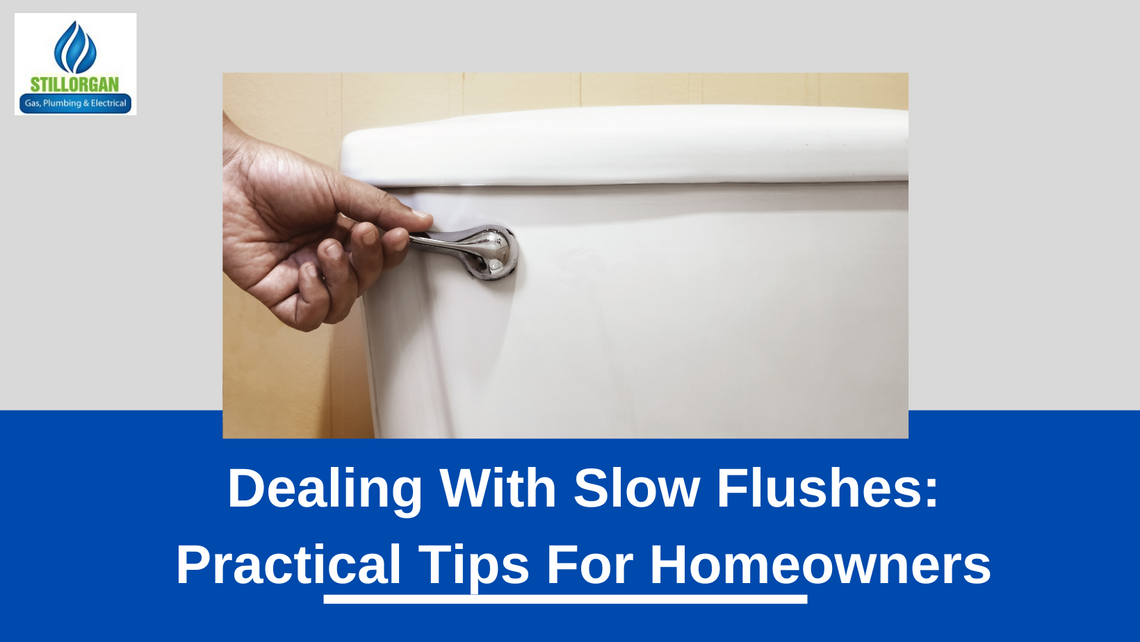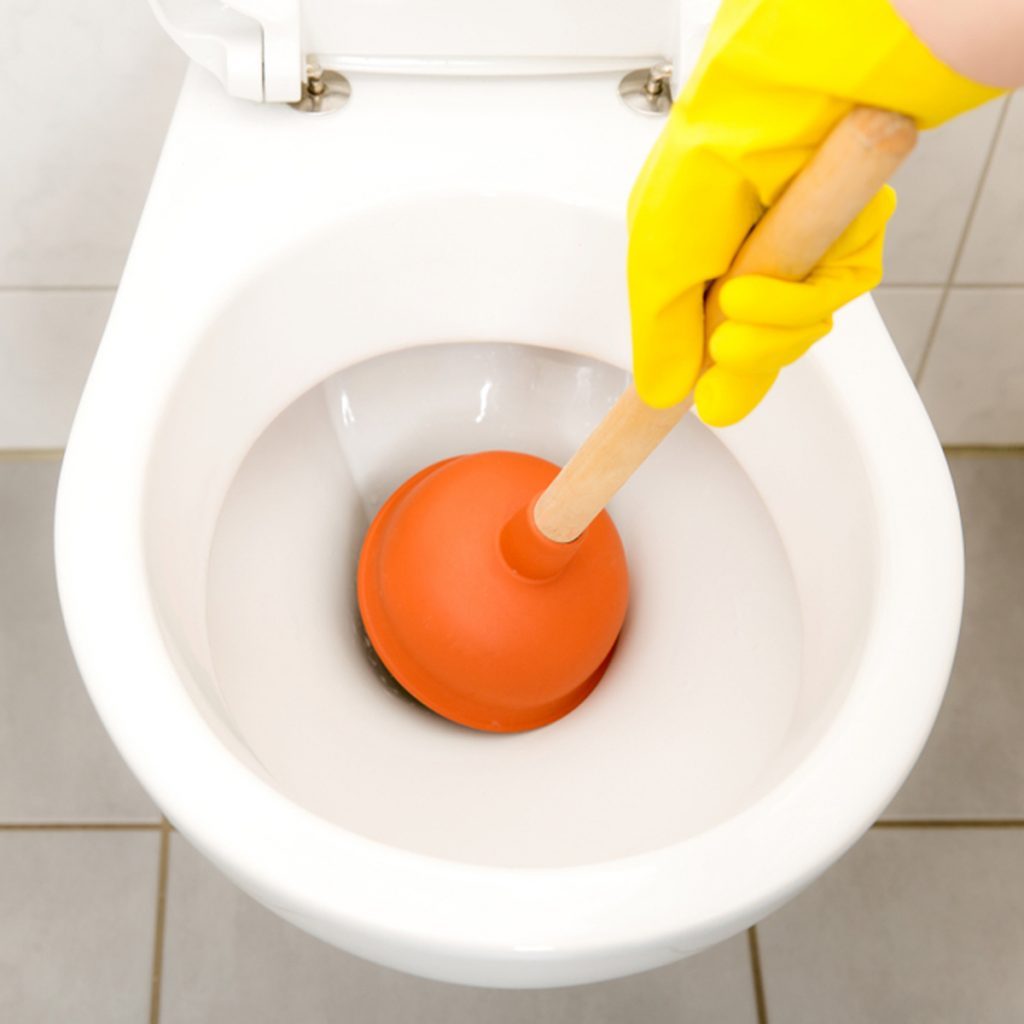
09/06/2023 by stillorgangas 0 Comments
Dealing With Slow Flushes: Practical Tips For Homeowners
"Discover practical tips to fix slow flushes in your home. From clearing partial clogs to adjusting water levels and repairing flappers, learn how to restore the flushing power of your toilet. Don't let slow flushes disrupt your routine – explore effective solutions in this comprehensive guide."

As a homeowner, few things can be as frustrating as a slow-flushing toilet. Whether it's a gradual decrease in flushing power or an ongoing issue, a slow flush can disrupt your daily routine and cause inconvenience. However, before you reach out to a plumber, there are several practical steps you can take to address the problem yourself. In this article, we will explore the causes of slow flushes and provide you with some effective tips to fix the issue. From simple remedies to more comprehensive solutions, we've got you covered. So, let's dive in and learn how to restore the flushing power of your toilet.
I. Understanding the Causes of Slow Flushes
To effectively deal with slow flushes, it's important to understand the underlying causes. Here are some common reasons behind this frustrating issue:
Partial Clogs: A partial clog is one of the leading culprits of slow flushes. Accumulated debris, such as toilet paper, mineral deposits, or foreign objects, can obstruct the flow of water and impede the flushing mechanism.
Low Water Level: Insufficient water in the toilet tank can result in weak flushes. This can be caused by an improperly adjusted float valve or a problem with the water supply.
Mineral Buildup: Over time, minerals present in the water supply can accumulate in the toilet's rim jets and trapway, reducing the flow of water and leading to sluggish flushing.
Faulty Flapper: A worn-out or improperly functioning flapper can cause water to leak from the tank into the bowl, resulting in a weak flush.
Now that we understand the potential causes, let's explore some practical tips to fix slow flushes and restore the proper functioning of your toilet.
II. Practical Tips to Fix Slow Flushes
Clearing Partial Clogs:
a. Plunger Method: Start by using a plunger to create suction and dislodge the clog. Ensure a proper seal between the plunger and the drain opening, and then vigorously plunge up and down to create pressure that helps remove the obstruction.
b. Toilet Auger/Snake: If the plunger method fails, consider using a toilet auger or snake. Insert it into the toilet drain and rotate the handle to break up or remove the clog.
c. Enzyme-Based Cleaners: Enzyme-based drain cleaners can be an effective solution for organic clogs. Follow the instructions provided by the manufacturer to safely use these cleaners and clear the blockage.
Increasing Water Level and Pressure:
a. Adjusting the Float: Open the toilet tank and check the float level. If it's set too low, adjust it to increase the water level in the tank, which can improve flushing power.
b. Checking the Water Supply: Ensure that the water supply valve near the toilet is fully open. A partially closed valve can restrict water flow, resulting in weak flushes.
c. Clean or Replace Inlet Holes: Mineral buildup can occur in the inlet holes under the toilet rim, affecting water flow. Use a wire or a small brush to clean these holes, or consider using a commercial descaling solution to dissolve mineral deposits.
Repairing or Replacing the Flapper:

a. Inspect the Flapper: Check the flapper for signs of wear or damage. If it appears worn out, distorted, or doesn't create a proper seal, it may need to be replaced.
b. Flapper Replacement: To replace the flapper, turn off the water supply, drain the tank, remove the old flapper, and install a new one according to the manufacturer's instructions.
Seeking Professional Help:
If DIY methods don't resolve the issue or if you're uncomfortable performing repairs yourself, it's advisable to contact a professional plumber. They have the expertise and tools to diagnose and fix more complex problems that may be causing slow flushes.
Conclusion
Dealing with slow flushes doesn't have to be a headache. By understanding the causes and following these practical tips, you can often resolve the issue without the need for professional assistance. Remember to start with simple remedies like plunging or adjusting the float level before moving on to more involved repairs. However, if you're unsure or the problem persists, don't hesitate to contact a professional plumber. They can diagnose the underlying issue and provide the necessary solutions to restore your toilet's flushing power. With these practical tips in mind, you'll be well-equipped to tackle slow flushes and ensure smooth operation of your toilet.


Comments
Leave a comment